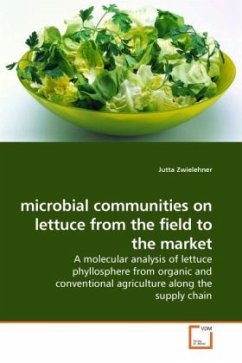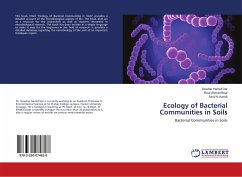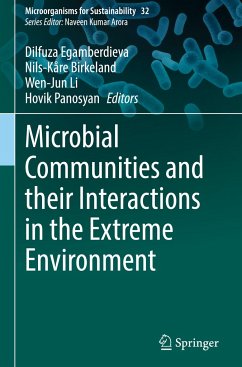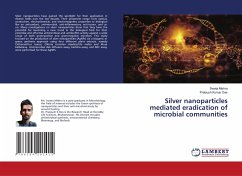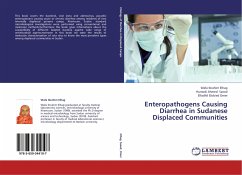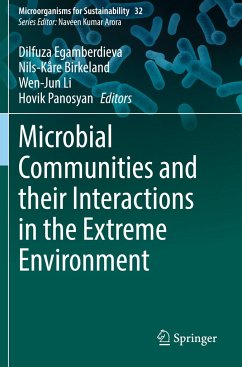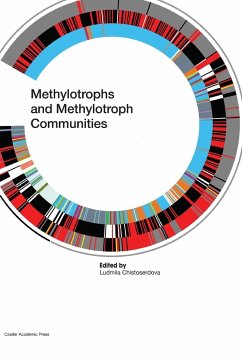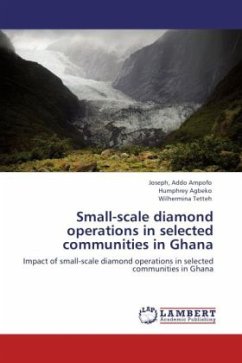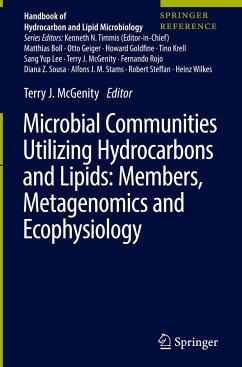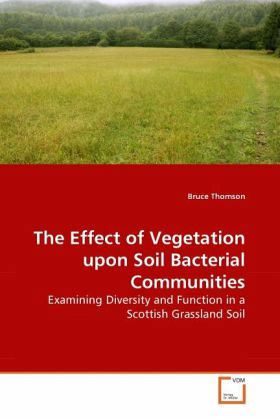
The Effect of Vegetation upon Soil Bacterial Communities
Examining Diversity and Function in a Scottish Grassland Soil
Versandkostenfrei!
Versandfertig in 6-10 Tagen
52,99 €
inkl. MwSt.

PAYBACK Punkte
26 °P sammeln!
By decomposing organic matter, bacterial communities are essential for plant growth and ecosystem functioning. Conversely, plants select for particular bacterial communities by depositing C resources belowground. These substrates are utilised by bacteria, which consequently drives soil C cycling. However, the exact mechanisms of this intimate relationship remain unclear. This book examines the effects of vegetation on bacterial community structure and whether plant driven differences in bacterial community composition affect C cycling in a grassland soil at the NERC experimental field site, So...
By decomposing organic matter, bacterial communities are essential for plant growth and ecosystem functioning. Conversely, plants select for particular bacterial communities by depositing C resources belowground. These substrates are utilised by bacteria, which consequently drives soil C cycling. However, the exact mechanisms of this intimate relationship remain unclear. This book examines the effects of vegetation on bacterial community structure and whether plant driven differences in bacterial community composition affect C cycling in a grassland soil at the NERC experimental field site, Sourhope, Scotland. Four experiments were carried out to assess C cycling through basal soil respiration, substrate-specific respiration and priming effects measurements. Concurrently, soil bacterial communities were examined using a range of molecular techniques including stable isotope probing. This work highlights linkages between soil bacterial community composition and C functioning, and will be of interest to soil ecologists interested in above ground, belowground interactions.



